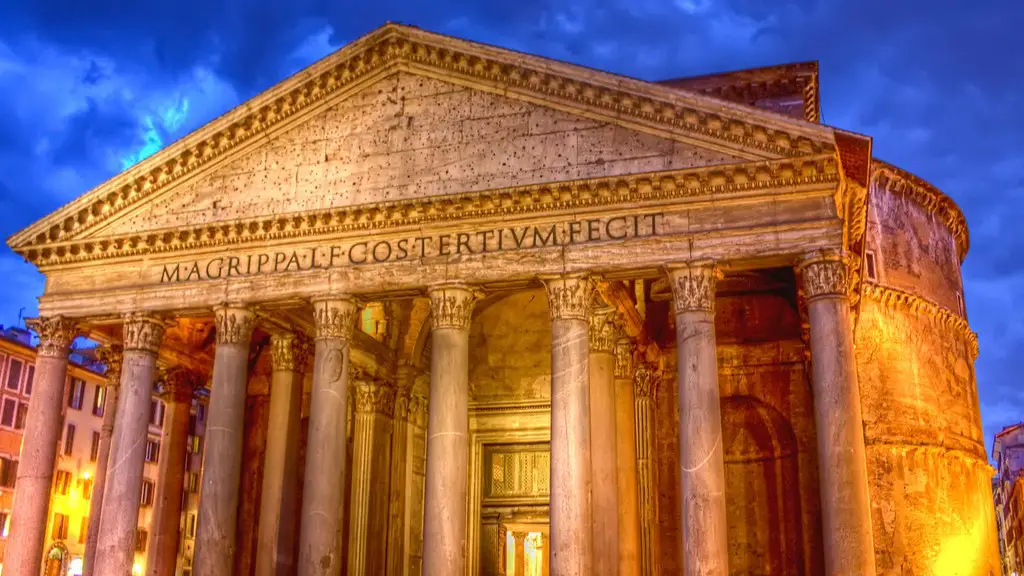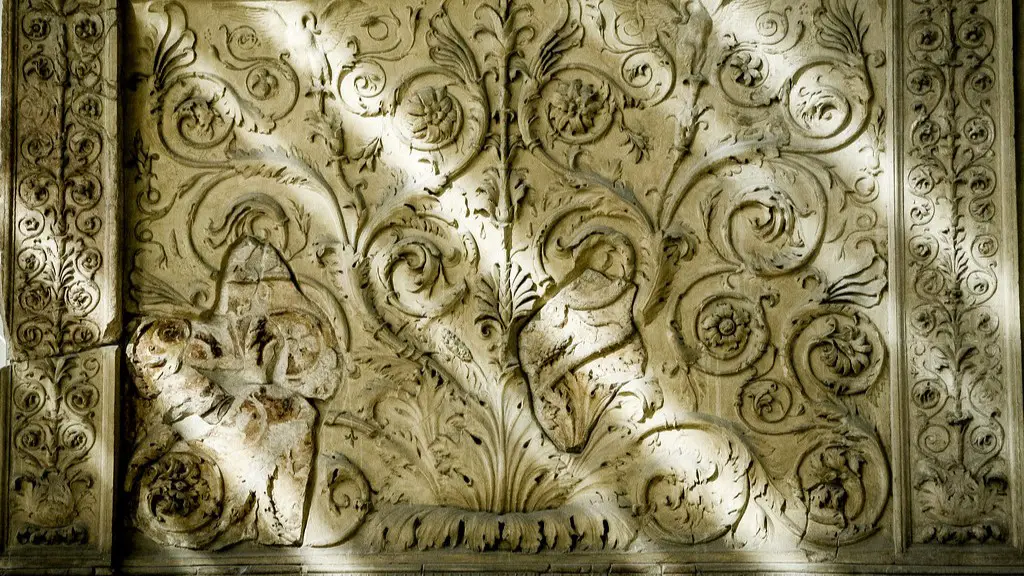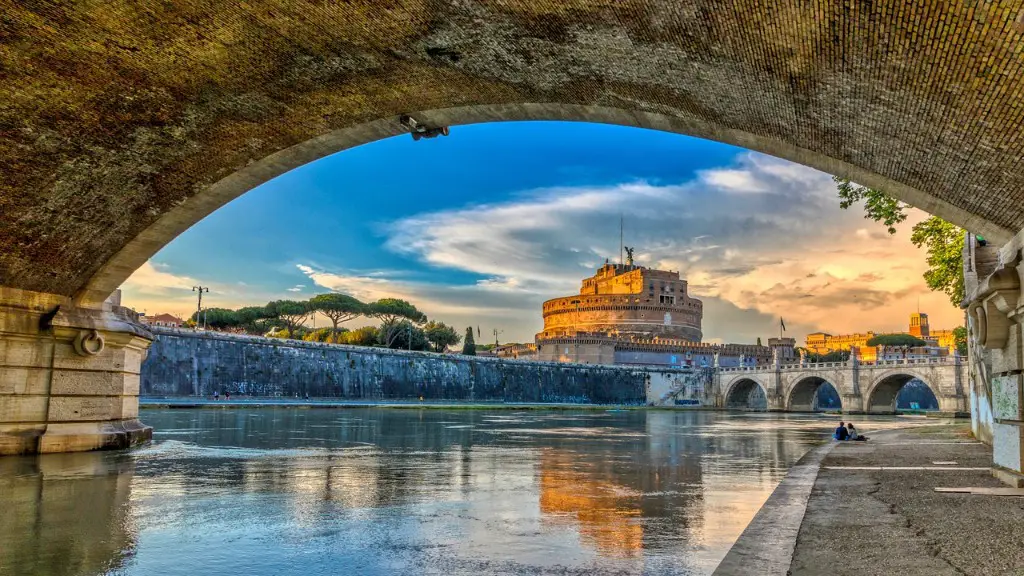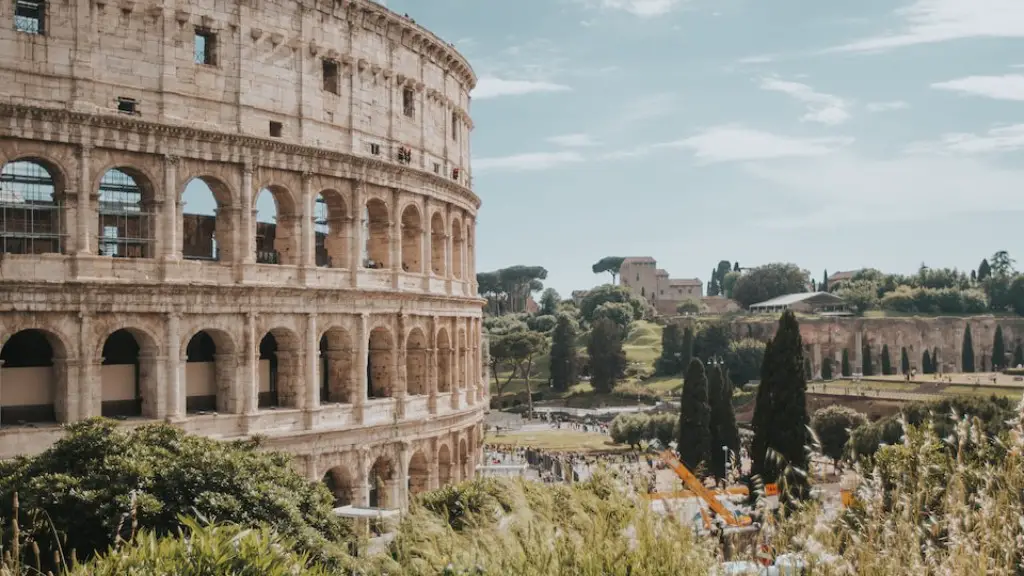The end of the Roman Empire began in 476 CE, when the last Roman Emperor, Romulus Augustulus, was forced to abdicate due to increasing pressure from the Germanic Ostragoths and other invading forces. This event has come to be known as the Fall of Rome, and it marked the end of the Western Roman Empire, one of the most powerful and influential empires in history.
The fall of the Roman Empire had been a long time coming, as it had been in constant decline since the third century, when it was divided into the Eastern and Western Roman Empires. This had caused a weakening of Roman power and the weakening of the economy, which allowed for the gradual takeover of the Germanic tribes.
The primary causes of the fall of Rome include economic strife, political instability, military weakness, and of course, external forces. The overwhelming military forces of the Germanic tribes, such as the Ostragoths, Visigoths, and Vandals, made it impossible for the Roman Empire to maintain its hold on the conquered territories.
The Roman Empire had also experienced economic hardship due to a period of inflation, which had caused the currency to lose value. This had caused a weakening of the economy and had made it more difficult for the Roman Empire to pay its troops. This, in turn, had led to a weakening of the military, which was unable to defend the empire from invading forces.
Political Factors that Contributed to Fall of Rome
The third century crisis had led to the weakening of the Roman government, which had been corrupt and prone to infighting. This, in turn, had led to a weakening of the economy, as the government was unable to levy taxes to pay for its day-to-day operations. This weakening of the central government had meant that the Roman Empire was now vulnerable to external forces, such as the Germanic tribes, which were able to quickly overpower and overtake it.
The end of the Western Roman Empire had a significant impact on the Roman world and would lead to the sinking of the Roman civilization into the Dark Ages and the eventual rise of the European Middle Ages. In the space of a few years, Rome had gone from the richest and most powerful civilization in the world to a city in ruins.
Despite its eventual fall, the Roman Empire’s legacy has lived on for centuries. Its impact on the modern world is immense, as its laws, ideas, culture, and societal structure have continued to influence people and societies around the world. Despite its eventual fall, the Roman Empire remains one of the most powerful and influential empires in history.
Impact of the Decline of Roman Empire
The decline of the Roman Empire had a huge impact on the European world. The fall of Rome had dismantled much of the administrative, economic, and military system that had been in place, leaving a power vacuum that was quickly filled by the Germanic tribes. These tribes quickly established their own governments and societies, with their own customs and laws.The effect of the Germanic tribes was to fragment the Roman Empire, eventually leading to the development of different nations and cultures in Europe.
Cultural and Religious Upheavals
The fall of the Roman Empire had a significant impact on the development of European culture and religion. Christianity had been a major influence in Roman society, and when the Western Roman Empire fell, the Christian Church suddenly had to compete with the Germanic tribes for political power. This led to the rise of the Papacy as the most powerful Christian institution and to the development of different Christian denominations.
The fall of the Roman Empire also saw a major change in art and architecture. Roman art was characterized by its religious and mythological themes and its focus on grandeur and spectacle. By contrast, the art that emerged in post-Roman Europe was simpler and more focused on everyday life.
Roman Legacy
Today, the Roman Empire is seen as one of the most influential empires in history. Its legacy can still be seen in the form of its legal systems, its language (Latin), its architecture, and its influence in literature and art. The legacy of the Roman Empire is also found in its political and social revolutions, which influenced the development of modern democracies and human rights.
Conclusion
Despite the fall of Rome, the legacy of its culture and civilization lives on in many aspects of life in the modern world. Its language, art, legal system, and political and social revolutions continue to influence the modern world in a profound way. The legacy of the Roman Empire is an integral part of the history of Europe and the world, and its legacy will remain for many years to come.



